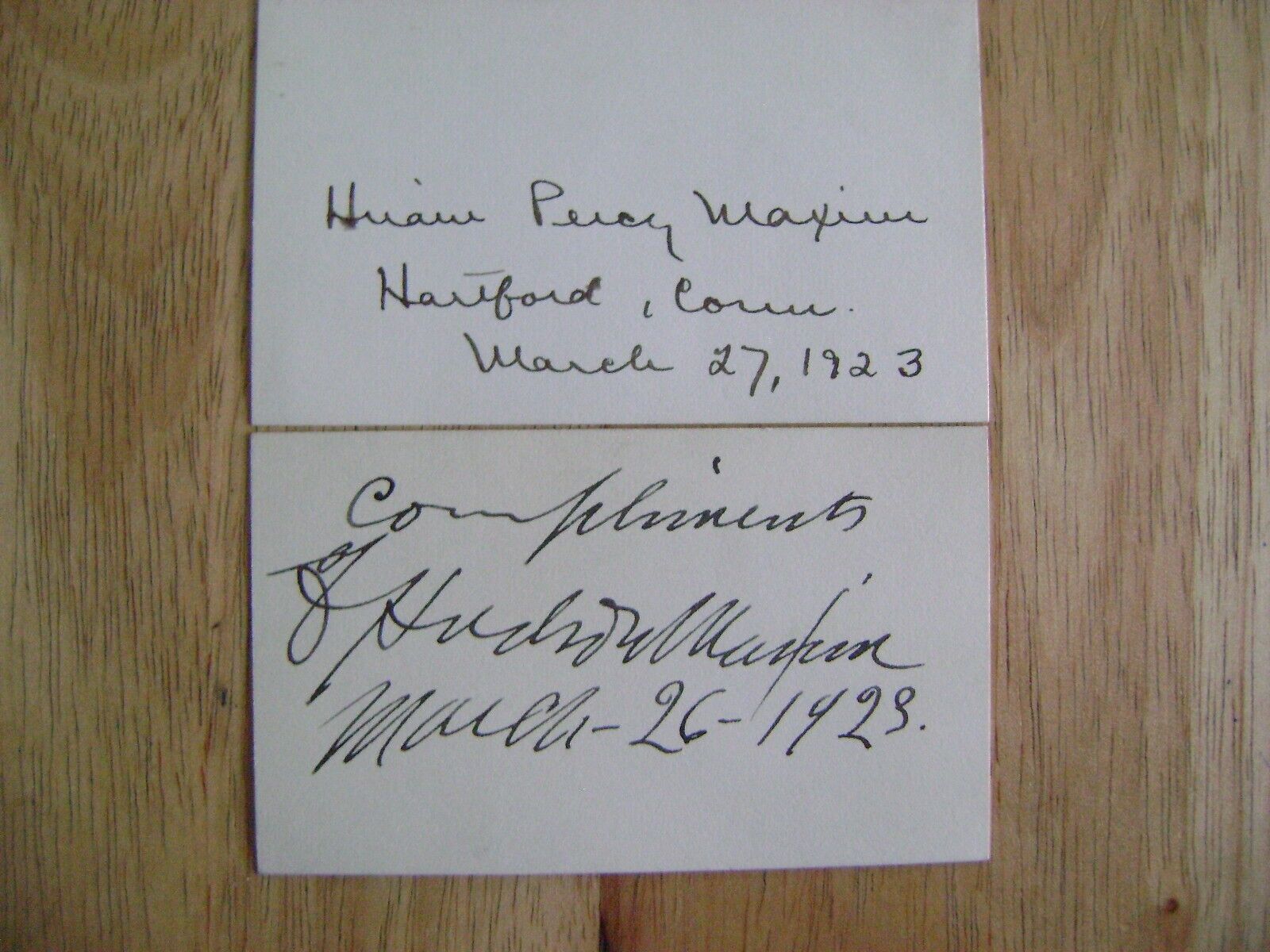-40%
"Nobel Prize in Medicine" H Robert Horvitz Signed 5X7 B&W Photo Todd Mueller COA
$ 36.95
- Description
- Size Guide
Description
Up for auction the"Nobel Prize in Medicine" H. Robert Horvitz Hand Signed 5X7 B&W Photo.
This item is authenticated By Todd Mueller Autographs and comes with their certificate of authenticity.
ES-6522
Howard Robert Horvitz
(born May 8, 1947) is an American
biologist
best known for his research on the
nematode
worm
Caenorhabditis elegans
,
[4]
[2]
[5]
for which he was awarded the 2002
Nobel Prize in Physiology or Medicine
, together with
Sydney Brenner
and
John E. Sulston
, whose "seminal discoveries concerning the genetic regulation of organ development and programmed cell death" were "important for medical research and have shed new light on the pathogenesis of many diseases".
Horvitz was born in Chicago, Illinois to Jewish parents,
[1]
the son of Mary R. (Savit), a school teacher, and Oscar Freedom Horvitz, a GAO accountant. He majored in mathematics at
Massachusetts Institute of Technology
, where he joined
Alpha Epsilon Pi
and spent his summers working for IBM, at first wiring panels for accounting machines and then in his final summer helping to develop IBM's
Conversational Programming System
.
During his senior year, Horvitz took his first courses in biology and was encouraged by his professors to continue to study biology in graduate school, despite his limited coursework in the field. After he completed his undergraduate studies in 1968, he enrolled in graduate studies in biology at
Harvard University
, where he studied
T4
-induced modifications of
E. coli
RNA polymerase
under the direction of
Walter Gilbert
and
James Watson
. He completed his PhD in 1974.
In 1974, Horvitz took a postdoctoral position at the
Laboratory of Molecular Biology
(LMB) in Cambridge, England, where he worked with his future Nobel prize co-winners
Sydney Brenner
and
John Sulston
on the genetics and cell lineage of
C. elegans
. In 1978, Horvitz was offered a faculty position at MIT, where he is currently Professor of Biology and a member of the
McGovern Institute for Brain Research
. He is also an Investigator of the
Howard Hughes Medical Institute
. Horvitz serves as the chair of the board of trustees for
Society for Science & the Public
and is a member of the
USA Science and Engineering Festival
's Advisory Board. At LMB, Horvitz worked with Sulston to track every non-gonadal cell division that occurred during larval development, and published a complete description of these lineages in 1977. Later, in cooperation with Sulston and Martin Chalfie, Horvitz began investigations first characterizing several cell lineage mutants and then seeking genes that controlled cell lineage or that controlled specific linages. In 1981, they identified and characterized the gene
lin-4
, a "
heterochronic
" mutant that changes the timeline of cell fates.
In his early work at MIT, Horvitz continued his work on cell lineage and cell fate, using
C. elegans
to investigate whether there was a genetic program controlling cell death, or
apoptosis
. In 1986, he identified the first "death genes",
ced-3
and
ced-4
. He showed that functional
ced-3
and
ced-4
genes were a prerequisite for cell death to be executed.
[13]
He went on to show that another gene,
ced-9
, protects against cell death by interacting with
ced-4
and
ced-3
, as well as identifying a number of genes that direct how a dead cell is eliminated. Horvitz showed that the human genome contains a
ced-3
-like gene.
Horvitz's later research continued to use
C. elegans
to analyze the genetic control of animal development and behavior, as well as to link discoveries in the nematode to human diseases, particularly cancer and neurodegenerative diseases such as
amyotrophic lateral sclerosis
(ALS). He made further advancements in defining the molecular pathway of programmed cell death, and has identified several key components, including: EGL-1, a protein which activates apoptosis by inhibiting CED-9; transcription factors
ces-1
and
ces-2,
and
ced-8,
which controls the timing of cell death. He has also continued work on heterochronic mutants and other aspects of cell lineage, and established lines of research in signal transduction, morphogenesis, and neural development. Horvitz has collaborated with
Victor Ambros
and
David Bartel
on a project to characterize the complete set of the more than 100
microRNAs
in the
C. elegans
genome.










